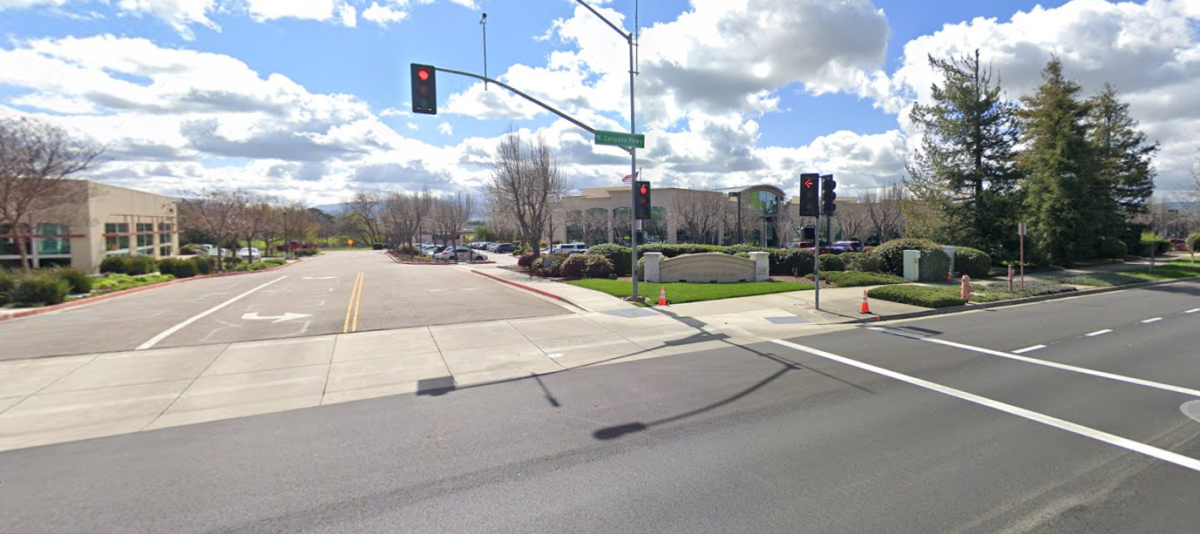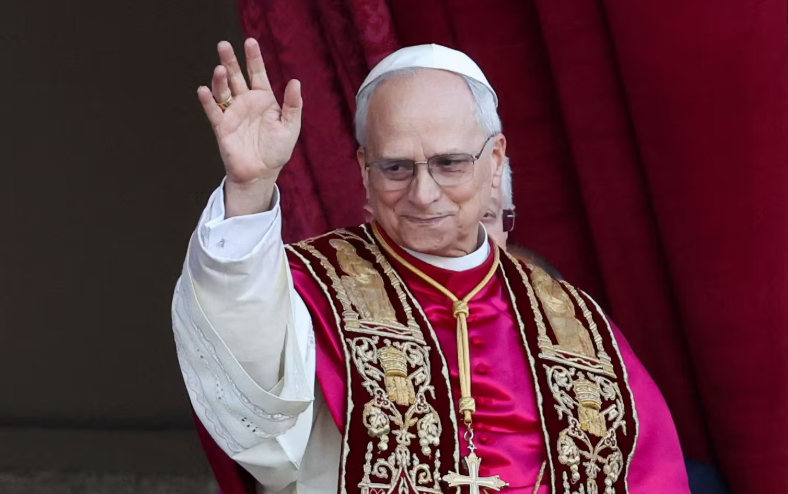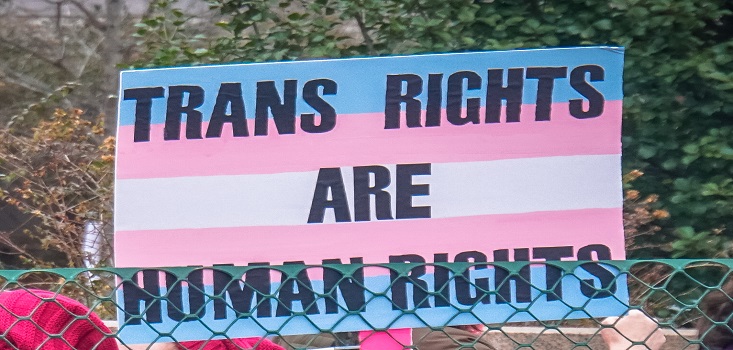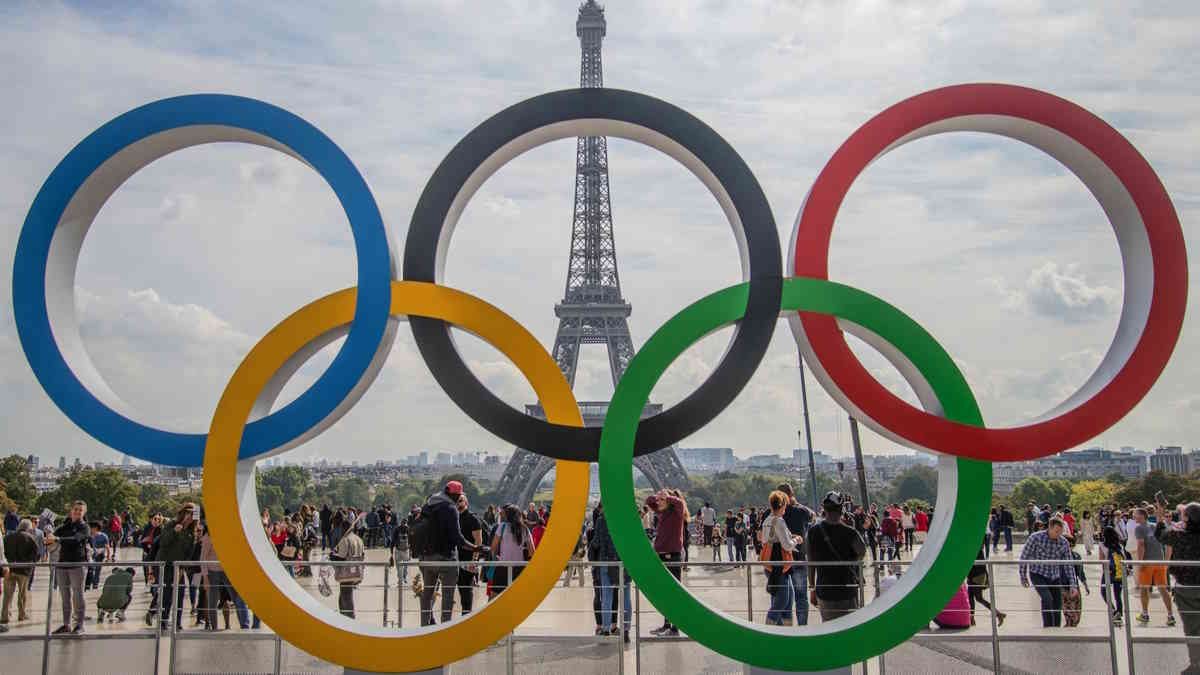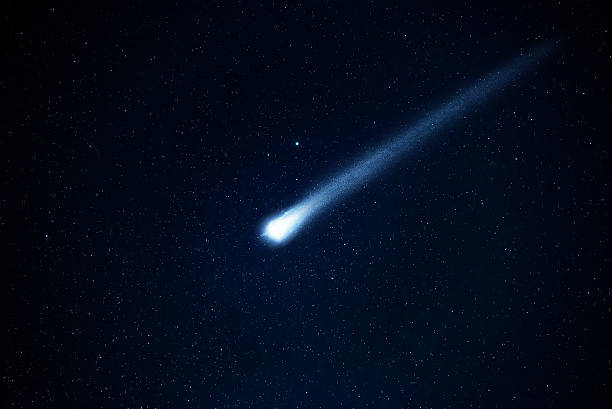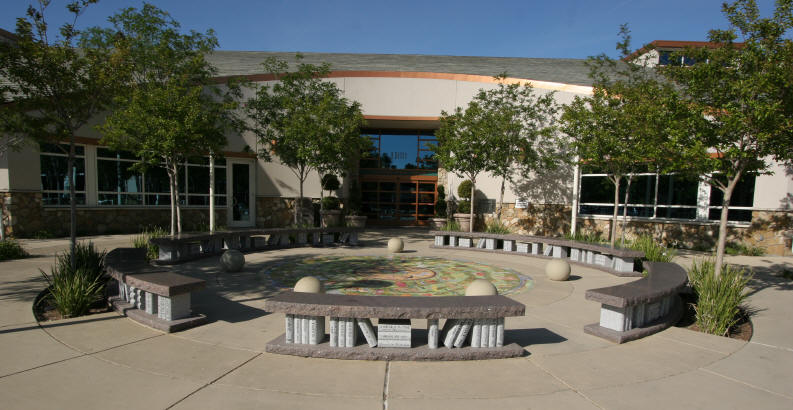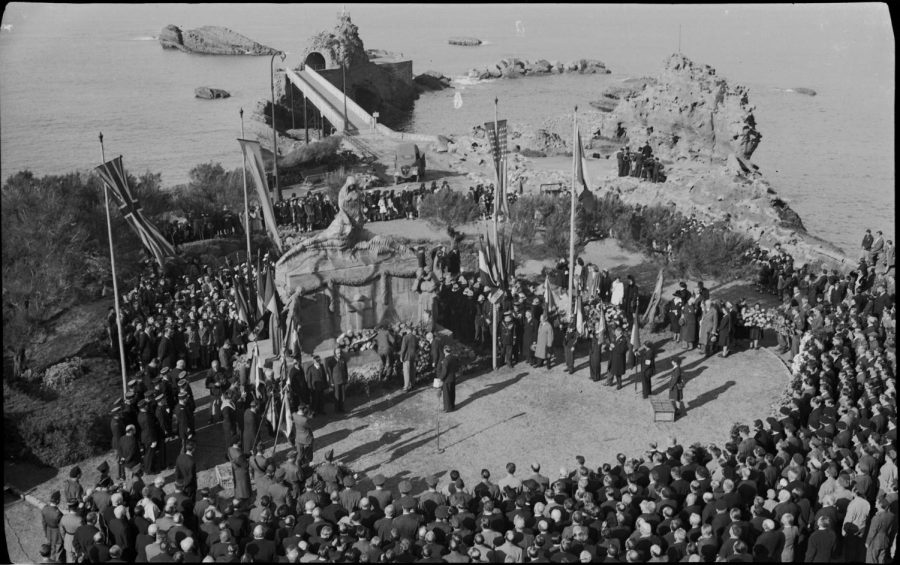This Month In History: September
September 19, 2022
The month of September is incredibly historically dense, with massive events in history falling on almost every day of the month. However, some are a bit more monumental than others. So here are three major events that occurred this month.
On September 2nd, 1945, Japan officially surrendered, and brought an end to World War II. After America’s devastating attacks on Hiroshima and Nagasaki, which weakened the Japanese economy over the course of one summer, Japan’s government was forced to make a difficult decision.
The supreme war council, who had just ignored the United States’ demand to surrender, met with Emperor Hirohito just before midnight on August 9th. After a long debate, they decided to accept their demand, as long as Emperor Hirohito remained a sovereign leader. On August 15, the Emperor went on national radio to officially announce the country’s surrender.
Then finally, on Sunday, September 2, over 250 warships collected in Tokyo Bay for a 20 minute ceremony, where General Yoshiro Umeza signed for the armed forces, and Japanese Foreign Minister Mamoru Shigemitsu signed for the Japanese government.
The next large event was on September 8th, when President Gerald Ford pardoned Richard Nixon of any and all crimes committed while in office. Nixon’s crimes relating to the Watergate scandal were revealed during the official investigation, and he resigned, officially ending his term on August 9th.
Being the vice president, naturally, Ford took office. Though, the strange thing about Ford was that he had only become the vice president 8 months prior, replacing vice president Spiro Agnew. Agnew was forced to resign after his involvement with Watergate, resulting in charges of tax evasion and political corruption
One month after Nixon’s resignation, Ford officially pardoned Nixon of any and all crimes committed during office.
Much later in September, but much earlier in time, the first supreme court was established in the United States. On September 23rd, 1789, The Supreme Court was established by article 3 of the U.S. constitution.
Along with the establishment of The Supreme Court, George Washington appointed the first six judges. He nominated John Jay to be chief justice, along with William Cushing, John Blair, Robert Harrison, John Rutledge, and James Willson as associate judges. All of which were confirmed by the senate.
The number of justices was always decided by congress, but varied for a long time before settling at nine in 1869. Which is the number of justices we still have today.
The Supreme Court was given jurisdiction over laws, and has the power to decide the constitutionality of them. Along with laws, they also oversee cases concerning treaties between the U.S. and foreign diplomats. The first ever session of The Supreme Court was on February 1st, 1790, in the Royal Exchange building located in New York City.
Since then, The Supreme Court has become one of, if not the, most powerful judicial body in the world. With its influence stretching farther than the original six justices would have been capable of imagining.
From the end of World War II to the beginning of our legal system, September has always been an important month in America’s history. Even now, it’s important to look back and remember all of our accomplishments and all of our shortcomings.

